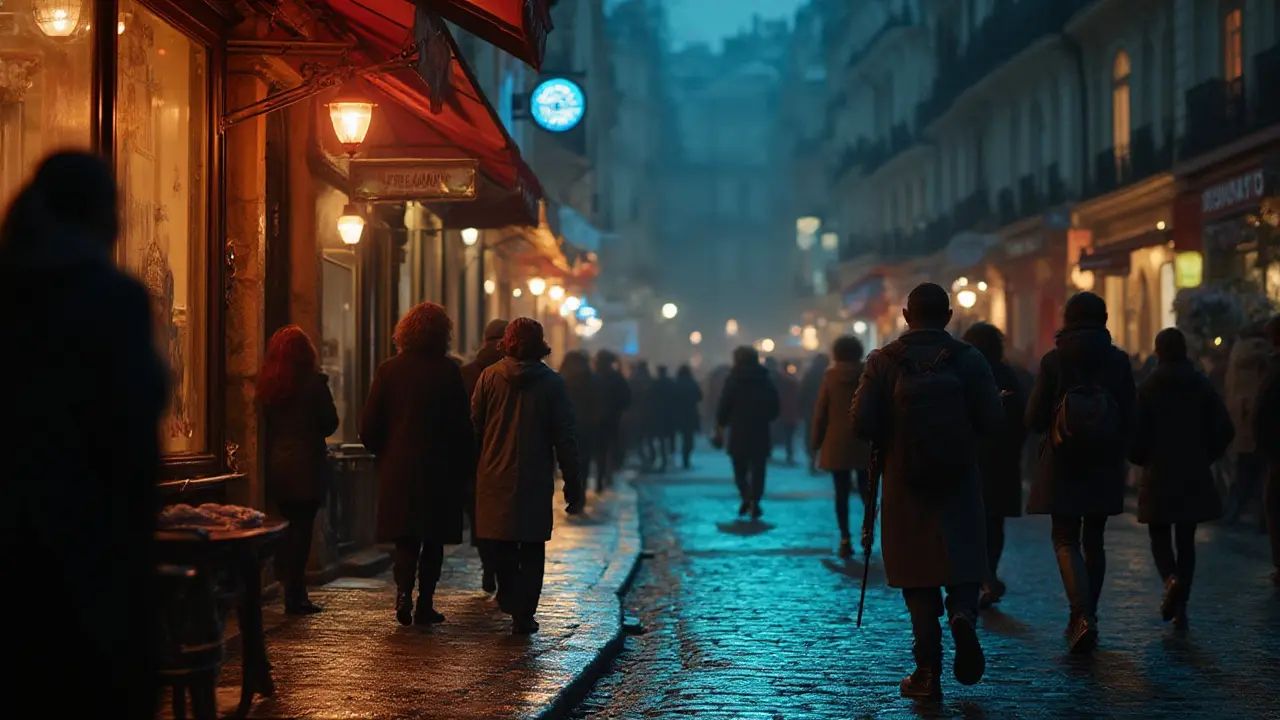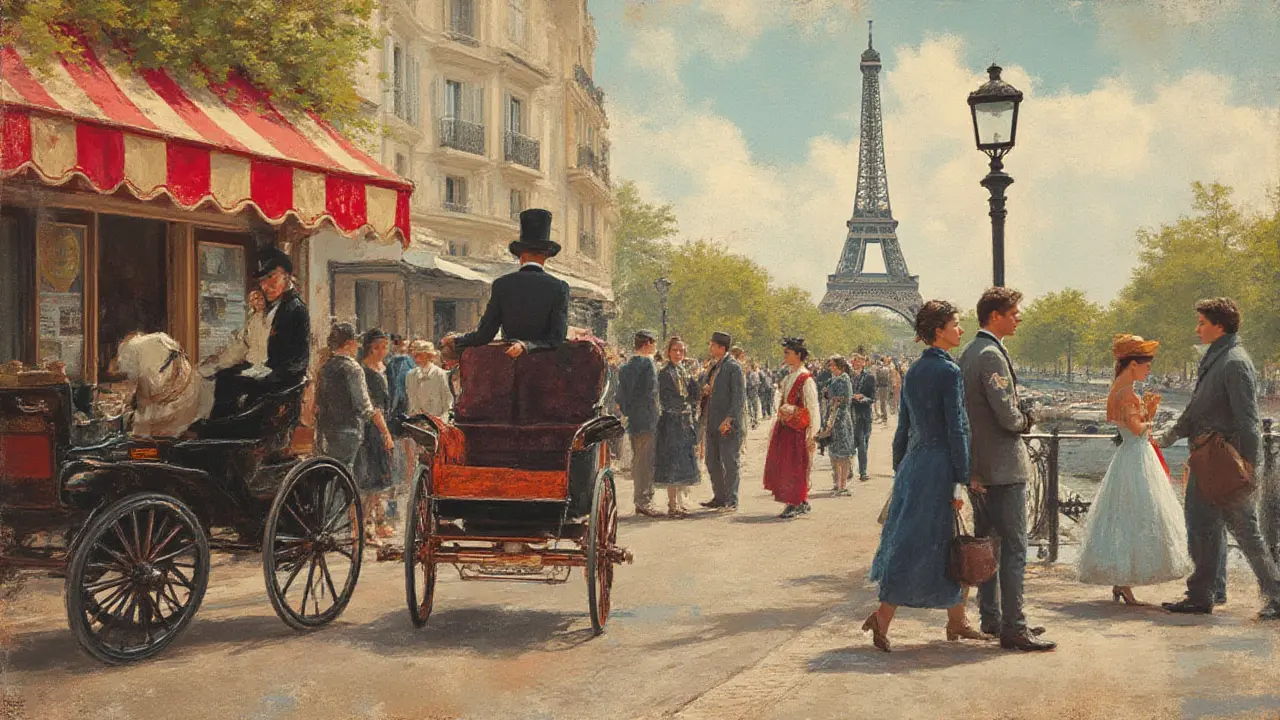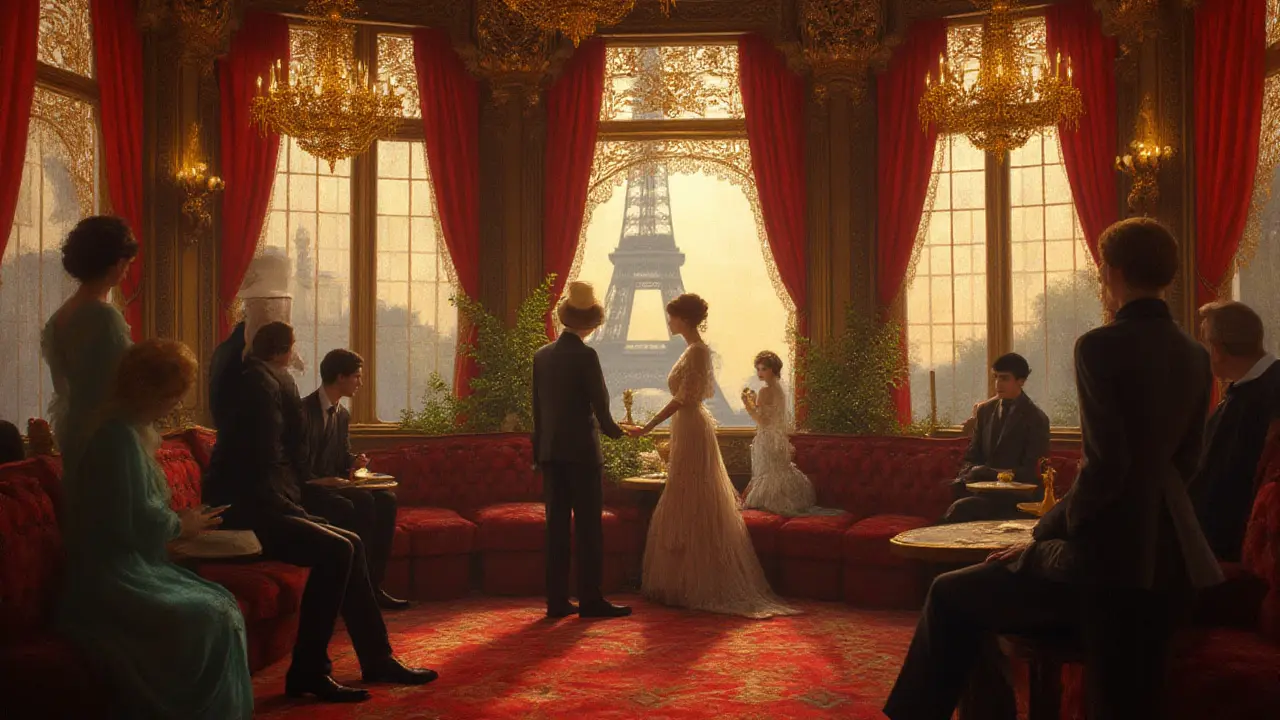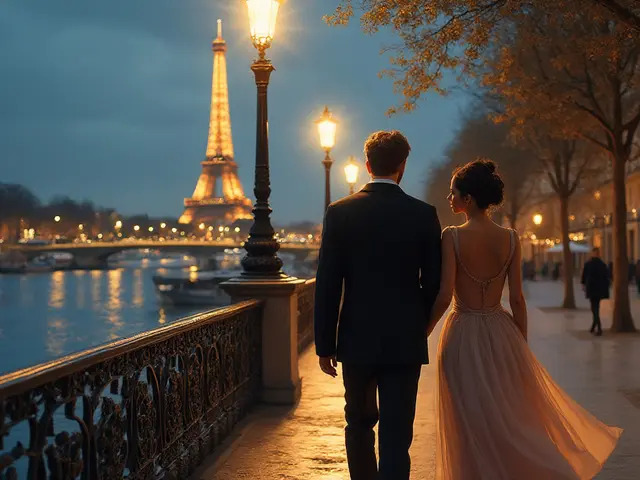When you think Paris, you probably picture sparkling lights, romance, and fashion icons strutting down grand boulevards. But hidden behind those glamorous postcards is a shadowy world just as old as the city itself: the escort industry. Paris has always been a place where passion and pleasure mix, often bending the rules and ignoring the judgments of the outside world. You won’t find this side of Paris in most history books, but its impact is woven through everything from art to politics to the city’s nightlife. If the walls of the Hôtel de Crillon or the glitzy clubs on Rue de Ponthieu could talk, they’d have stories that would make even the most seasoned Parisians blush.
From Courtesans to Call Girls: Paris and Companionship Through the Ages
The escort industry in Paris didn’t pop up overnight. It traces its roots back more than a thousand years, with the city’s first elite escorts—known as courtesans—appearing early in medieval times. Courtesans were much more than lovers. They were often educated, clever, and connected to the highest levels of French society. Legends like Ninon de l’Enclos and the Polish-born Countess of Lansfeld wielded not just sensual charms, but political influence. In fact, at the Palace of Versailles, some of the most powerful figures were women employed to keep company with kings and ministers—shaping decisions that steered the course of French history.
It’s wild to imagine, but documents from the 16th century show that Paris was already a hotspot for regulated brothels. City officials saw the economic benefits and regulated everything from locations to ‘operating hours.’ The oldest known brothel license dates to 1446, a neat reminder that Paris has been ahead of the curve in adult business forever. And it wasn’t all velvet and lace: service fees were carefully recorded, sometimes in exchange for a bottle of wine, a fancy hat, or even painted porcelain.
Fast-forward to the Belle Époque—Paris’s golden age, from the late 1800s to early 1900s. The city exploded with color, cabaret, and a new cocktail of excitement and scandal. Legendary venues like Le Chabanais, with its Japanese-themed rooms and gold-plated bath, became playgrounds for writers, artists, and royalty alike. Toulouse-Lautrec sketched the can-can dancers and mistresses of the Moulin Rouge, immortalizing them in art. Prostitutes, many of whom acted as de facto escorts, were even featured in the world’s first public health exhibitions designed to educate the masses and curb disease. There’s a famous medical chart from 1900 showing that Paris alone had over 40,000 registered sex workers. Wild, right?
Change didn’t always come smoothly. Efforts to police or outlaw sex work met stiff resistance almost every time. In 1946, the government finally closed the so-called ‘maisons closes’—the legal brothels. But as anyone in Paris could guess, the business didn’t just disappear. The industry went underground for decades, morphing into a more discreet scene of private apartments, exclusive clubs, and call services. Escorts learned to fly under the radar, using coded language and backchannel networks to find clients. Even now, despite strict laws banning public solicitation, Paris still hosts a thriving (and mostly legal) escort scene, with agencies operating far more openly than many would expect.
Looking back, you can see how the escort world has always run parallel to Parisian society—serving as both a safety valve and an unspoken power in its own right. Today’s escorts can be students, artists, or professionals, and their work reflects a whole range of needs: companionship, intimacy, even just a night of sparkling conversation. Want a tip? If you ever wonder what’s really going on at Paris’s most exclusive parties, check who’s getting the most attention—and who isn’t. It’s probably more interesting than whatever’s happening on stage.

Culture, Legislation, and Economic Impact: How Escorts Shaped—and Were Shaped by—Paris
Here’s a fact that might surprise you: at various points in history, taxes collected from Paris’s adult businesses funded hospitals, orphanages, and even bridges. The connection between the city’s prosperity and its sex industry is older than the Eiffel Tower. For centuries, working women paid licensing fees, underwent mandatory health checks, and contributed to social funds. The French government kept precise records. For example, an 1860 ledger tallied nearly 5 million francs flowing from the ‘petits métiers’—small trades, including escorting—into city coffers.
How about the personalities who shaped the image of Paris escorts? In the 19th-century salons, being seen with a strikingly beautiful or witty woman—escort or not—was a status symbol for artists, politicians, and businessmen. Artists like Manet and Degas often found their muses among the city’s courtesans, whose faces and bodies ended up in some of the world’s most valuable paintings. A famous story goes that Émile Zola, skeptical at first, reportedly stormed out of a dinner with a prominent escort only to later admit, “She had more poetry in her than half the Académie!”
While laws have always tried to keep up, the industry has been nothing if not resilient. In 1946, Marthe Richard, herself a former escort turned politician, led the push to close brothels. The new laws pushed the business into the shadows, but Paris being Paris, word soon got around about exclusive parties, high-end agencies, and discreet rendezvous points. Fast forward to 2016, France introduced new regulations targeting clients rather than workers, aiming—controversially—to limit demand. But the Internet simply made it easier for everyone to connect, moving most activity online. Search engines and private forums replaced old paper ads and whispered introductions.
If you want some numbers, check out this handy table for a snapshot:
| Year | Registered Sex Workers in Paris | Estimated Annual Revenue |
|---|---|---|
| 1900 | 40,000+ | Approx. 50 million francs |
| 1945 | 22,000 | Approx. 40 million francs |
| 2022 | Undisclosed (estimate 6,000+ escorts) | Approx. €250 million |
It’s hard to pin down just how much money flows through today’s escort scene in Paris—discretion is still the name of the game. Yet the numbers are big enough that economists and city planners keep a close eye, knowing that even the most respectable Parisian institutions—historic hotels, luxury brands, gourmet restaurants—sometimes see a little boost from the city’s thriving adult nightlife.
Here’s something you might not expect: the image of Paris as a city of lovers largely comes from this secret history. In the 1920s and 30s, tourists flocked to cabarets and salons for a glimpse of a world that seemed both thrilling and forbidden. From Josephine Baker’s iconic dance to the scandals of French cinema, the escort industry played a behind-the-scenes role in shaping what the world thinks of Paris. Even those who never indulged got swept up in the atmosphere—the perfume, the velvet, the laughter echoing along the Seine at midnight.
If you ever find yourself lost on Rue Saint-Denis, remember you’re walking above centuries of hidden history. Paris has always had a knack for turning vices into art, and vice versa. That’s part of its magic—and why people keep coming back, year after year.

Modern Realities: Escorting in Paris Today and What the Future Might Hold
Fast-forward to 2025 and the Paris escort scene is a mix of old glamour and high-speed technology. Sure, there’s still a thriving underground, but most action happens online now. Agencies post high-quality photos, bios, and ratings on professional-looking sites. Independent escorts manage slick social media profiles, offering everything from classic dates to role play and much more. Competition is fierce, and Parisian clients expect top-tier company—not just for a night out, but as sophisticated social partners. Having a witty, engaging escort on your arm at a gallery opening or dinner party? That’s still a power move in Paris.
Legality, as always, sits in a gray zone. Escorting for ‘companionship’ is legal, but public solicitation, pimping, and brothel-keeping are not. The 2016 law that targeted clients has been controversial, with reports showing that it’s driven some workers to take more risks. But Paris’s culture of privacy and subtlety has allowed the industry to keep evolving. Discreet inquiries, encrypted messaging, and private parties fill the gap left by the old maisons closes. In fact, in a recent poll of Paris escorts, 60% said technology has made their work safer—even as competition has soared.
If there’s one constant, it’s change. In 2021, a French filmmaker made headlines with a documentary on high-end Paris escorts, sparking debates across dinner tables from Montmartre to Montparnasse. Younger escorts, some students or moonlighting professionals, use the job as a springboard for networking, travel, and adventure. Clients have changed, too: they’re just as likely to be women, couples, or international visitors as the classic French businessman.
So what really sets Paris apart? It’s the same thing that defines its food, fashion, and art: attention to detail, and a love of pleasure without judgment. Escorts here aren’t selling cliché fantasies—they’re selling Paris escort industry style: lively conversation, wit, discretion, and a bit of rebellious charm. If you ever meet an escort in Paris, chances are you’ll leave feeling wiser about the city than any bus tour could teach you.
Let’s get practical for a second. If you’re curious about this world, here are a few tips:
- Discretion is everything. Book through well-reviewed agencies, and always read the fine print.
- In Paris, appearance and conversation matter as much as looks. Invest in your outfit…and your story.
- Tipping isn’t as automatic as in other countries, but a thoughtful gesture always helps.
- Paris escorts take pride in making clients feel welcome—if you treat them with respect, you’ll have a much better experience.
Looking ahead, it’s anybody’s guess whether future laws tighten or relax. But one thing is certain: Paris will always have its secrets, and the escort industry is going to keep playing a part in its irresistible, ever-changing magic. If you’re ever wondering what really makes the City of Lights glow, remember that its most interesting stories often happen after dark.



